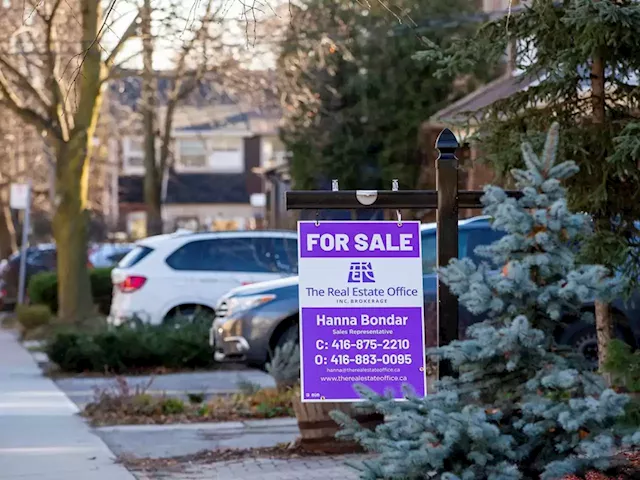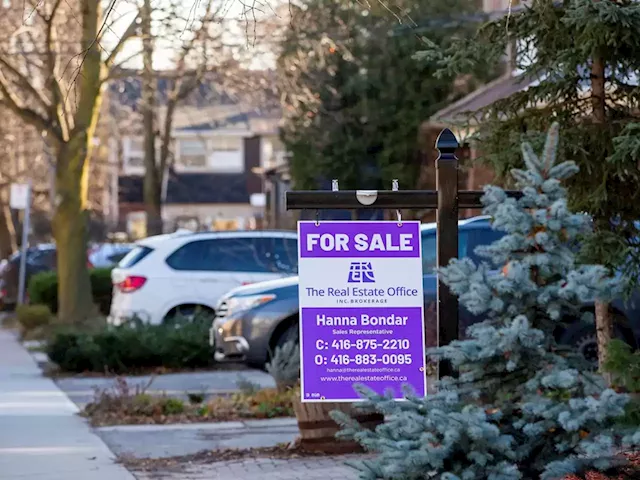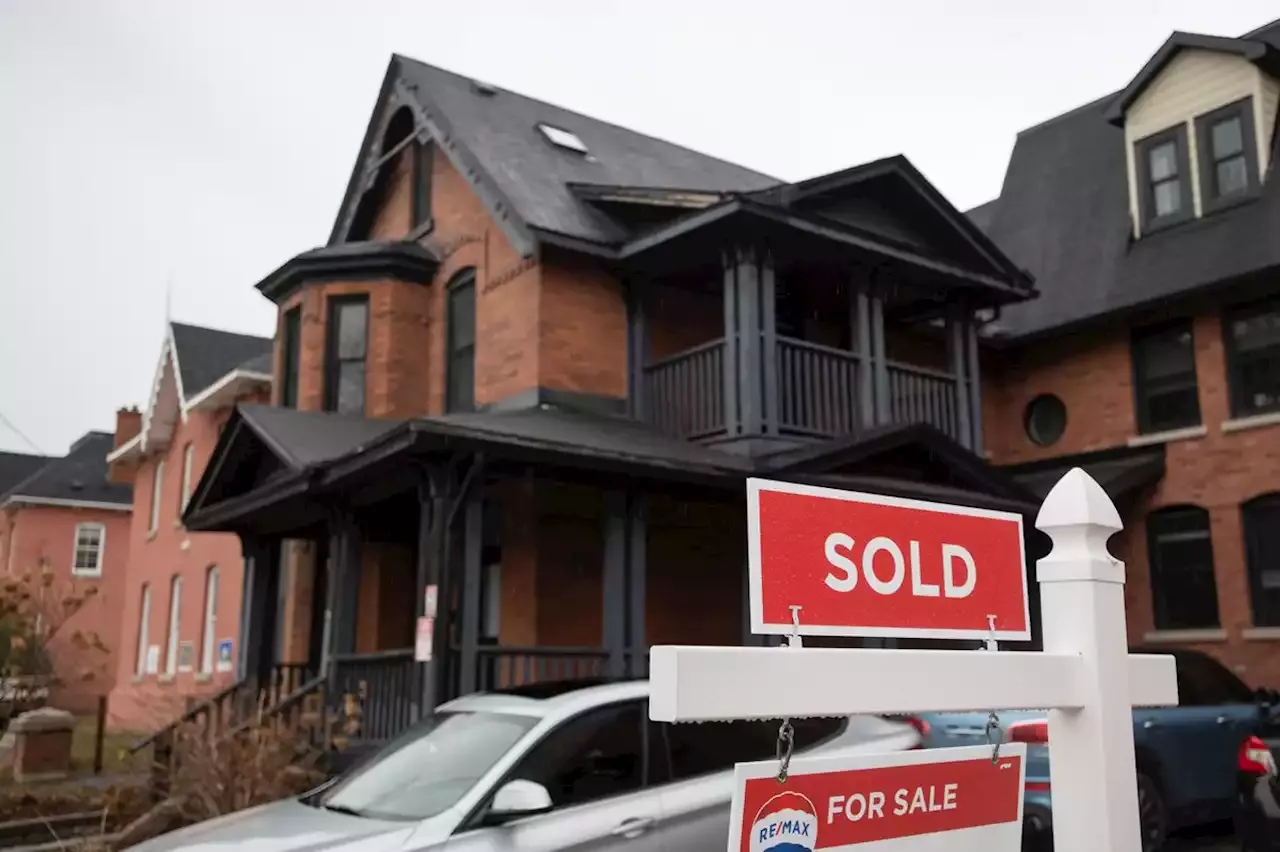A record mismatch between housing demand and supply is forcing economists to reconsider the role interest rates will play in cooling runaway house prices.
In the U.S., mortgage rates have already jumped to 5 per cent, which is an 11-year high. “Standard economic models suggest that an increase of that magnitude should weigh substantially on housing, the most interest-rate-sensitive segment of the economy and the textbook channel of monetary policy transmission,” Ronnie Walker, a U.S. economist at Goldman Sachs, wrote in a note to clients.
This dynamic is supported by fresh data on U.S. housing starts released Tuesday. Despite a major jump in mortgage costs since the start of the year, housing starts in March beat expectations, rising 0.3 per cent month-over-month instead of the estimated decline. “The market may have some room to run yet before the Fed’s tightening cycle becomes a binding constraint,” Shernette McLeod at TD Economics wrote in a note to clients.
The economists who wrote about the dynamic this week were focused on U.S. housing, but there are many parallels to Canada. For one, U.S. housing inventory is at a record low, and Canada is close to its own. Nationally, at the end of March, there were 1.8 months of inventory in Canada, only slightly higher than the record low of just 1.6 months in the previous three months, according to the Canadian Real Estate Association, or CREA. The long-term inventory average is more than five months.
Maybe if the politicians stopped raising the dev charges and levies builders could build something cheaper!
Business Business Latest News, Business Business Headlines
Similar News:You can also read news stories similar to this one that we have collected from other news sources.
 Housing market slowing rapidly amid interest rate hikesWatch: Realosophy Realty president John Pasalis talks about the impact of higher interest rates on Canada\u0027s real estate market
Housing market slowing rapidly amid interest rate hikesWatch: Realosophy Realty president John Pasalis talks about the impact of higher interest rates on Canada\u0027s real estate market
Read more »
 Housing market slowing rapidly amid interest rate hikesWatch: Realosophy Realty president John Pasalis talks about the impact of higher interest rates on Canada\u0027s real estate market financialpost Justin Trudeau! You did it! Housing price problem solved.. what a smart guy he is 🙄 financialpost Finally! Why this was not done half a year ago? It is absolutely incomprehensible!
Housing market slowing rapidly amid interest rate hikesWatch: Realosophy Realty president John Pasalis talks about the impact of higher interest rates on Canada\u0027s real estate market financialpost Justin Trudeau! You did it! Housing price problem solved.. what a smart guy he is 🙄 financialpost Finally! Why this was not done half a year ago? It is absolutely incomprehensible!
Read more »
 At least 20% of Canadian MPs hold rental, investment real estate amid housing crunch - National | Globalnews.caAt least 65 Canadian MPs own real estate assets, including 42 Liberals and 19 Conservative MPs, as the country grapples with a housing unaffordability crunch. To boot, outside of Toronto, it’s primarily English white are allowed to move in the neighbourhood. Check the stats, right fordnation NeverVoteConservative JustinTrudeau theJagmeetSingh CPC_HQ OntLiberal liberal_party
At least 20% of Canadian MPs hold rental, investment real estate amid housing crunch - National | Globalnews.caAt least 65 Canadian MPs own real estate assets, including 42 Liberals and 19 Conservative MPs, as the country grapples with a housing unaffordability crunch. To boot, outside of Toronto, it’s primarily English white are allowed to move in the neighbourhood. Check the stats, right fordnation NeverVoteConservative JustinTrudeau theJagmeetSingh CPC_HQ OntLiberal liberal_party
Read more »
 Canada's housing market cooled off in March with lower sales and average prices compared to February | CBC NewsCanada's red-hot real estate market showed signs of cooling down in March as both the number of homes sold and the average selling price declined from the previous month's level. Be smart, move out of that Fat man commie run province and move to N/B where you can buy a house on the ocean for 500k and there are huge job opportunities . Some people are learning not to trust real estate agents! Still $100.K over asking price in Halifax NS
Canada's housing market cooled off in March with lower sales and average prices compared to February | CBC NewsCanada's red-hot real estate market showed signs of cooling down in March as both the number of homes sold and the average selling price declined from the previous month's level. Be smart, move out of that Fat man commie run province and move to N/B where you can buy a house on the ocean for 500k and there are huge job opportunities . Some people are learning not to trust real estate agents! Still $100.K over asking price in Halifax NS
Read more »
